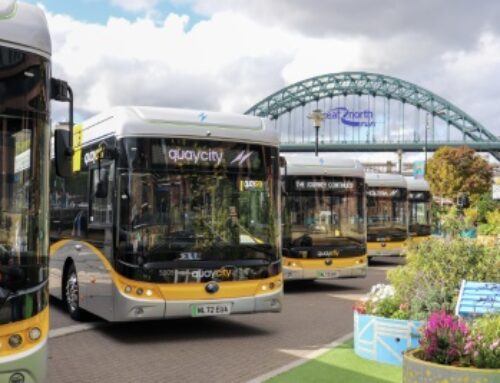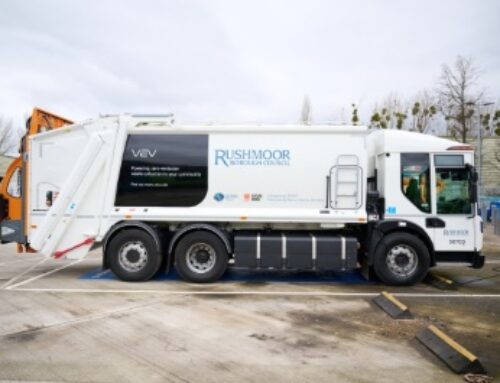Study assesses the pros and cons of gas use
 Results from a two-year test to assess the positive and negative environmental impacts of using methane as a truck fuel in the UK have been published.
Results from a two-year test to assess the positive and negative environmental impacts of using methane as a truck fuel in the UK have been published.
The trial, which ended in 2019, was led by biomethane supplier Air Liquide, with three transport operators (Howard Tenens, Asda and Kuehne + Nagel) and three technical partners – Cenex which provided data monitoring, Microlise supplying telematics, and Emissions Analytics, providing real-world testing. The project was supported by Innovate UK.
The tests showed wide variations in reductions of tailpipe emissions of CO2 and PM, but slight overall increases in emissions of NOx, although again, results were variable.
Using Air Liquide’s biomethane in both liquid and gaseous forms, which is derived from food waste, led to significant decreases in CO2 output when measured ‘well-to-wheel’. Gas now takes 20 per cent of the entire primary energy market, but biomethane’s share, although growing rapidly, remains at about 0.1 per cent.
The test saw three different models of gas-fuelled heavy goods vehicle pitted against their nearest diesel counterparts: rigid/CNG/spark ignition, articulated/LNG/spark ignition, and articulated/LNG/compression ignition.
The vehicles represented three different fleets, as well as three different manufacturers – while the test covered urban, rural and motorway driving with the aim of reflecting typical duty cycles. Different payloads were tested, but the results from trucks carrying 60 per cent of their payload formed the focus of the study.
On average, the gas vehicles emitted eight per cent less tailpipe CO2 than their diesel counterparts, but this disguised variation from a 15 per cent reduction to a four per cent increase.
“It was only the switch to biomethane that delivered consistent, material reductions in well-to-wheel greenhouse gas (GHG) savings: of around 80 per cent, and not less than 76 per cent compared to the diesels,” reported Emissions Analytics.
“The missing 20 per cent reflects various inefficiencies, losses and a small amount of measured methane slippage, while the CO2 reductions rest heavily on the upstream, energy grid benefits of the fuel itself.”
In terms of local air quality, particle number emissions were on average 23 per cent lower on the gas vehicles compared to the diesels, but the results were sensitive to payload and duty cycle, and variable between vehicles.
“In contrast, NOx emissions were on average 0.02 g/km (59 per cent) higher on the gas vehicles compared to the diesels,” said the company.
“Yet again, however, the results were variable between vehicles and conditions.
“Therefore, there is no consistent pattern in the tailpipe emissions between vehicles and fuels and, consequently, the advantage of gas-powered vehicles rests heavily on the upstream CO2 benefits.
“With a supplier such as Air Liquide, those characteristics are more open to scrutiny and verification, but scaling and diversification of the supply of biomethane would need to adhere to the same standards to ensure those benefits were delivered,” the report concludes.
The study warns of a broader issue. Currently biodiesel is mainly sourced from food and municipal waste, and sewage.
“As soon as the feedstock becomes biomass from crops or wood products there is the risk of unintended consequence, if those feedstocks might have been put to better use – the subject is hugely complex but supply-chain transparency is an imperative where the climate-benefiting value of the fuel is its primary attraction,” states the report.
“All in all, these complexities may lead to greater focus on synthetic liquid fuels rather than biofuels, as proposed by some academics and industry representatives, and which may have application beyond road transportation such as in aviation.
“This approach may prove to be more transparent and scalable, and the greater control of the manufacturing process may deliver reductions in air pollutant emissions.
“In both cases, the results from these test programmes show the essential need for independent real-world testing at the vehicle model level, to avoid policy being based on generalities, hunches and good marketing.”











